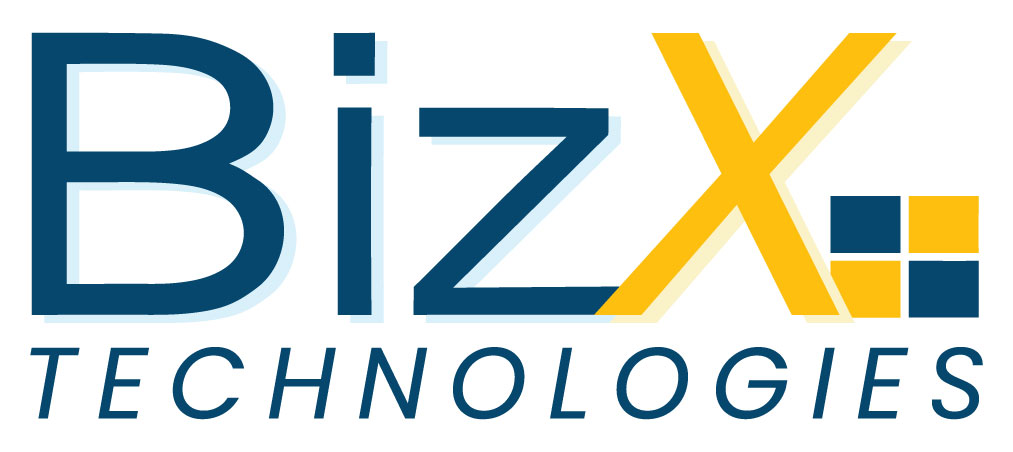JSON (JavaScript Object Notation):
JSON stands for JavaScript Object Notation. It is a lightweight format for storing and transporting data. JSON often used when data sent from a server to a web page. It is “self-describing” and easy to understand.

XML (Extensible Markup Language):
XML is designed to store and transport data. XML designed to be self-descriptive. It is designed to carry data, not to display data. XML tags are not predefined. It is platform-independent and language-independent.

JSON to XML Converter :
The Jason to XML Converter enables you to transform messages in JSON format to XML format. In contrast, XML is still the go-to choice for transmitting structured data over the web. JSON is data-oriented, whereas XML document-oriented.

Step 1: In the i-flow, add a content modifier connecting to the start timer.

Step 2: Click on the content modifier and give the message body details.

Step 3: Add json to xml converter connecting to the content modifier.

Step 4: Click on Jason to XML Converter and give processing details.

Step 5: Click on save and deploy. The output is as follows.


